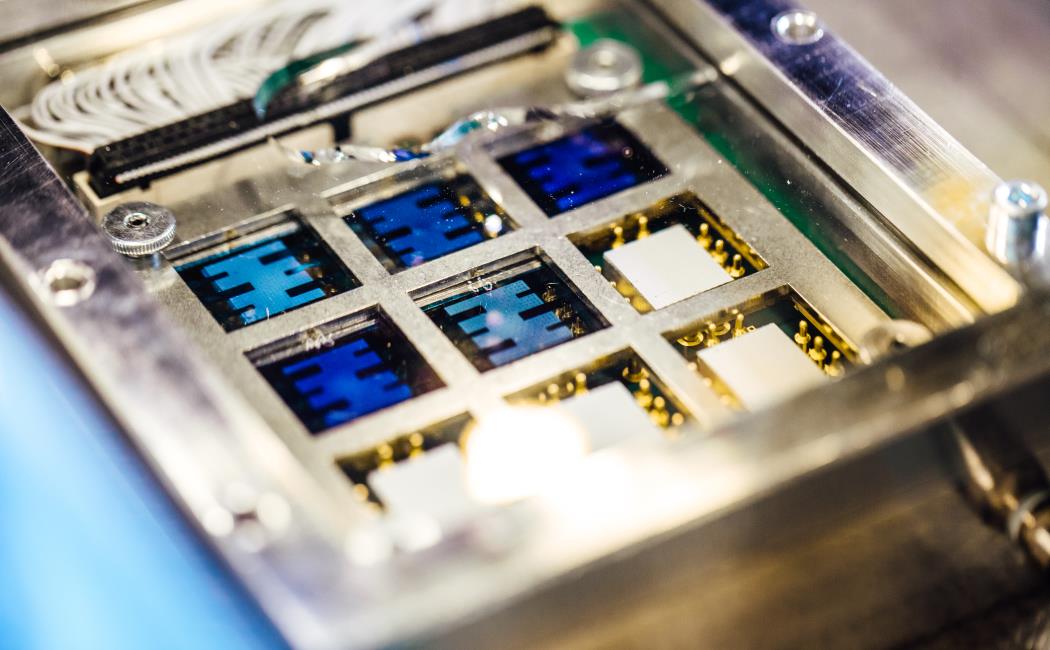
Solar power is arguably the cleanest, most reliable form of renewable energy available, and it can be used in several forms to help power homes or businesses. In the last decades, organic solar cells (OSCs) have been considered as a promising photovoltaic technology with the potential to provide reasonable power conversion efficiencies combined with low cost and easy processability. Unexpectedly, perovskite solar cells (PSCs) have experienced an unprecedented rise in power conversion efficiency thus emerging as a highly efficient photovoltaic technology. OSCs and PSCs are two different kind of devices with distinct charge generation mechanisms, however, share some similarities in material processing, thus standard strategies developed for OSCs are currently being employed in PSCs. Here in Baran’s Omegalab we develop photovoltaic materials and devices to achieve higher performance and reliability at lower cost and to enhance understanding of the chemistry behind the material growth and the physics behind the device operation. We also aim to understand the stability and degradation processes that occur in the solar cells.
1. Organic Photovoltaics
Organic semiconductors are envisioned to positively impact human life through applications ranging from sensors and displays to lighting and photovoltaics. As opposed to most of their inorganic counterparts, organic devices can be printed from solution on plastic substrates, allowing for extremely thin, lightweight and conformable products that can be manufactured over large areas with freedom of shape. In the last decade, organic photovoltaics (OPVs), leveraging the impressive improvement in device efficiency and stability, have gradually moved from a lab curiosity to a niche market. The OPV landscape is nowadays facing a new era, ferried by the development of novel and stable acceptor materials, the so called non fullerene acceptors (NFAs), making the 15% power conversion efficiency (PCE) threshold not anymore a research dream but a real goal. Here in Omegalab we focus on further device optimization and characterization of NFA-based solar cells, such as solvent additive, interfacial material, and ternary blend strategy.
2. Photovoltaic Stability and Degradation
In the last few years, higher power conversion efficiencies of organic and perovskite solar cells have attracted the attention of the research community and industry. However, the lifetime of the devices is a serious setback to their commercialization. Here, in Omeglab, these issues are being addressed through understanding the degradation mechanisms of these high-efficiency solar cells.
3. Perovskite Photovoltaics
Perovskite-based photovoltaics are among the most recent solar energy technologies to emerge from the scientific community. Since 2009, perovskite solar cell efficiency has risen from 3.8% to 23.3% in 2018 amongst intense interest from many research groups globally. Perovskite photovoltaics show great promise for the future given their use of low-cost, earth-abundant materials and simple processing techniques. In addition, the electrical and optical properties of perovskites can be finely tuned by changing the material’s chemistry, allowing their use in applications such as tandem photovoltaics and photodetectors. In Omegalab, we investigate the interfaces between different layers in perovskite solar cells in order to improve device efficiency and stability.